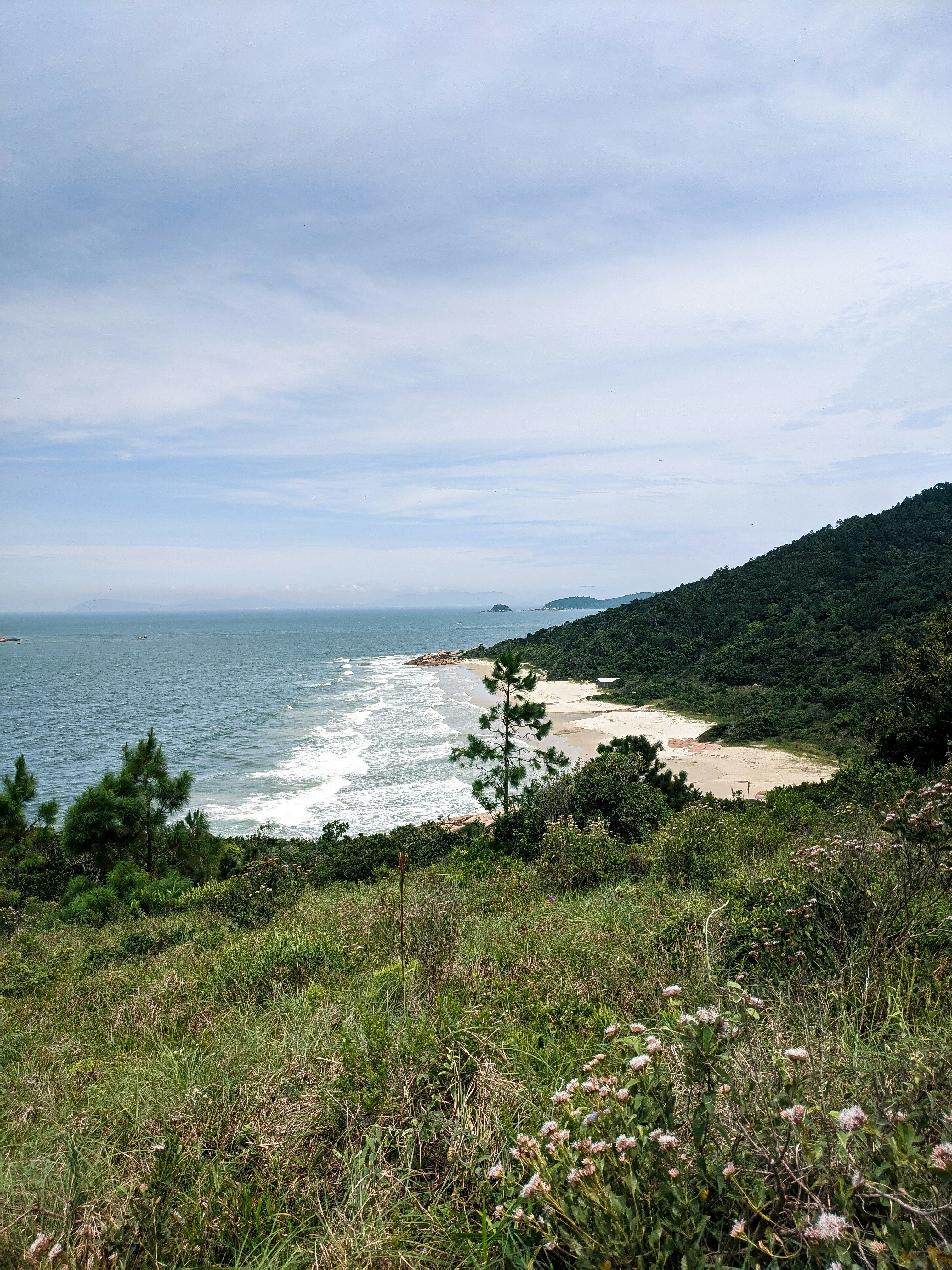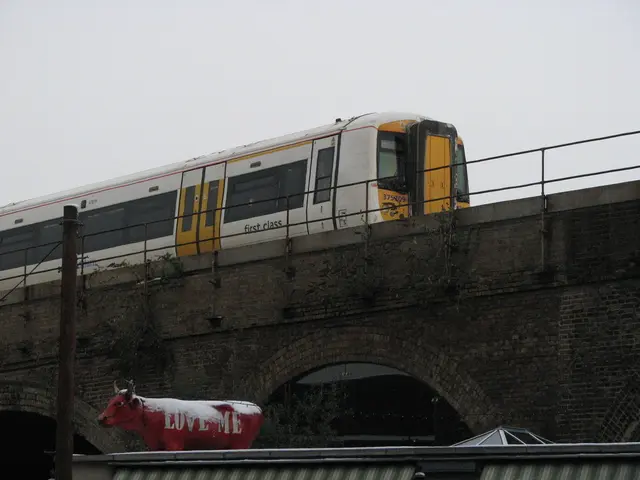Philippine Economy Forecasted to Reach $2 Trillion by 2050
Aiming High: The Philippines' Luzon Economic Corridor Soars
The Philippines has its sights set on a bright economic future, with Secretary Arsenio Balisacan of the Department of Economy, Planning, and Development (DEPDev) predicting a US$2 trillion economy by 2050, barring any major external disruptions.
Balisacan showcased the country's economic might to European business leaders and financial stakeholders at the Philippine Economic Dialogue in Milan, Italy, last Tuesday. He emphasized the vibrant economy of the Philippines, its charisma to investors, and a visionary outlook for the long haul.
Balisacan pointed out appealing economic characteristics, mentioning the nation's $392 billion economic size, its striking ascent as a middle-income country, and a bustling population of 114 million with an average age of 27.
Initial ads omitted for brevity
"At our projected growth trajectory—and disregarding significant external shocks—we foresee attaining a $2 trillion economy by 2050," Balisacan asserted.
The economy's transformation will be propelled by initiatives that nurture new growth generators while solidifying existing sectors, private sector engagement, particularly in infrastructure, and investments that bolster sustainable growth and shared prosperity.
Initial ads omitted for brevity
Key policies, such as the Philippines-Korea Free Trade Agreement, the Ease of Paying Taxes Act, the Create More Act, and the creation of green lanes for strategic investments, alongside measures to expedite infrastructure development andcut business expenses, were also highlighted by Balisacan.
Inviting investors to seize opportunities within the Luzon Economic Corridor was another key nod from Balisacan.
"The Luzon Economic Corridor links Subic, Clark, Manila, and Batangas with coordinated investments in logistics, energy, and infrastructure. This corridor supports essential sectors, like agribusiness, semiconductors, manufacturing, and finance, acting as a stepping stone into Asian and global markets," explained Balisacan.
Initial ads omitted for brevity
Balisacan emphasized: "Strong economic fundamentals, ongoing reforms, a proficient and youthful workforce, and a strategic location place the Philippines as an alluring partner of choice in Asia and worldwide. The right moment is now. The right place is the Philippines."
The Philippine Economic Dialogue, organized alongside the 58th Annual Meeting of the Board of Governors of the Asian Development Bank (ADB) in Milan, Italy, welcomed around 90 participants from the European business and financial communities, as well as attendees from the ADB Annual Meeting.
In-Depth Look: The Luzon Economic Corridor is a substantial infrastructure and logistics plan intended to bolster connectivity and economic growth across the Philippines' most industrialized regions, encompassing Subic Bay, Clark, Metro Manila, and Batangas. Here's an overview of its main drivers:
Major Drivers:
- Infrastructure Development: The corridor concentrates on high-impact projects, including railway systems and port modernization, to boost regional connectivity and streamline logistics operations[1][3].
- Economic Centers: The initiative aims to interlink major economic hubs, increasing trade and investment prospects within these areas[1][3].
- Tri-lateral Collaboration: The scheme is part of a tri-lateral agreement between the Philippines, the United States, and Japan, backed by the G7 Partnership for Global Infrastructure and Investment[2][3].
Key Initiatives:
- Subic-Clark-Manila-Batangas Railway: A flagship project includes a 250-kilometer freight line connecting key ports and industrial zones, minimizing transportation costs and boosting cargo movement efficiency[1][2].
- Port Modernization: Modernizing ports such as Subic, Manila, and Batangas to boost maritime trade and alleviate congestion[1][3].
- Digital Infrastructure: Enhancing digital capabilities through the Philippine Digital Infrastructure Project to support efficient logistics operations[3].
- Job Opportunities: The corridor's projects are anticipated to generate substantial employment opportunities for Filipinos[2].
- Balisacan highlighted the Luzon Economic Corridor as an attractive investment opportunity for businesses, stating that it links key economic hubs in Subic, Clark, Manila, and Batangas.
- In highlighting the Luzon Economic Corridor, Balisacan mentioned that it supports essential sectors like agribusiness, semiconductors, manufacturing, and finance, acting as a stepping stone into Asian and global markets.
- The Luzon Economic Corridor, as part of a tri-lateral agreement, involves cooperation from the Philippines, the United States, and Japan, backed by the G7 Partnership for Global Infrastructure and Investment.
- Key initiatives within the Luzon Economic Corridor include the development of a 250-kilometer freight line connecting key ports and industrial zones, port modernization projects in Subic, Manila, and Batangas, digital infrastructure enhancements, and job opportunities for Filipinos.






